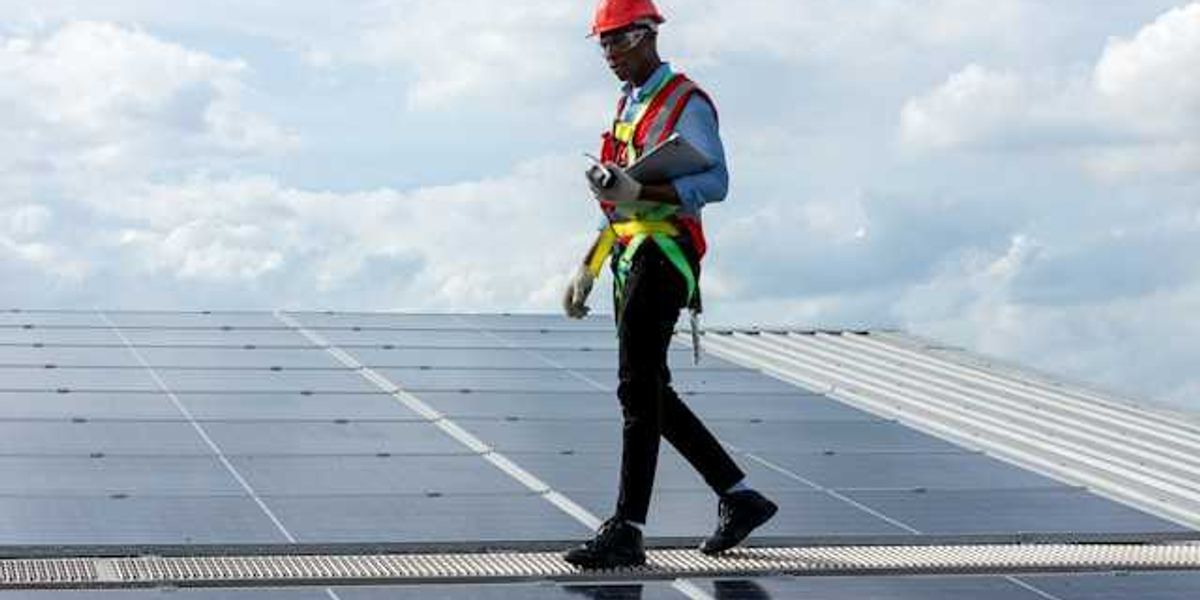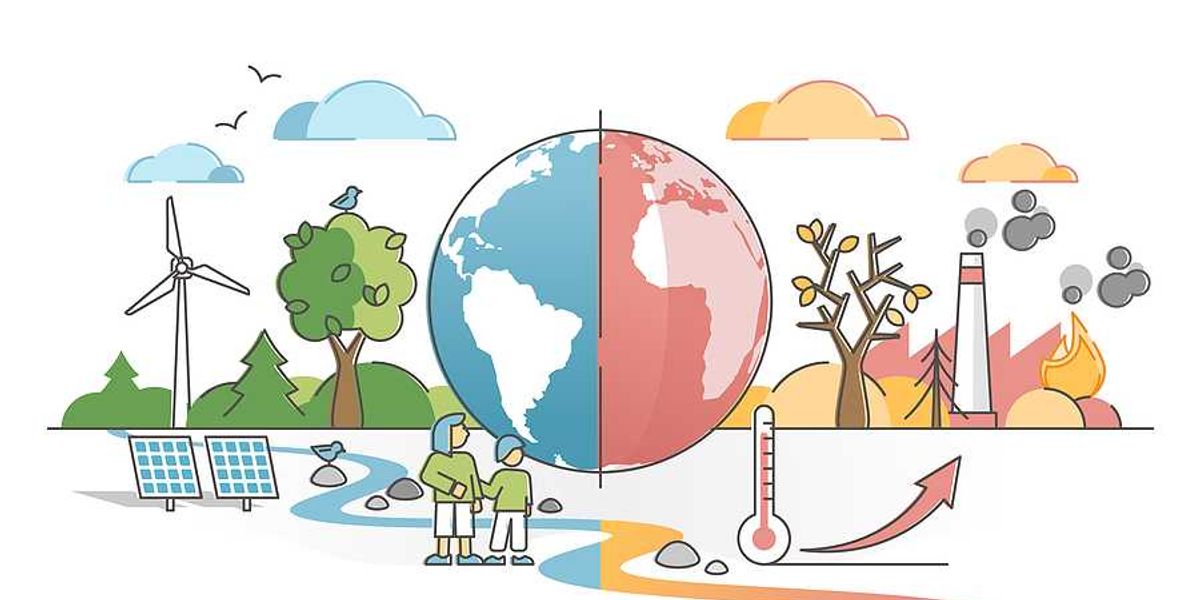What makes a good flood warning system?
As deadly floods swept through Central Texas lat week, experts pointed to the lack of real-time river data and effective communication tools in rural areas as key reasons for the high death toll. What can be learned from the disaster to save lives in future floods?
Nicolás Rivero reports for The Washington Post.
In short:
- Many rural areas lack river gauges, making it harder to predict where flash floods will strike; Tennessee, for example, has no gauges in two-thirds of its river basins.
- Low-cost DIY sensors and statewide monitoring systems, like Iowa’s, show that flood alerts can be improved without top-tier budgets if states prioritize them.
- Warning tools such as sirens, cellphone alerts, and loudspeakers must work together to inform residents, but training gaps and outdated practices limit their effectiveness.
Key quote:
“You can’t just have one alert or warning channel. When you only have one, things fail and communities suffer.’”
— Brooke Fisher Liu, University of Maryland professor who studies crisis communications
Why this matters:
Flash floods are among the fastest and most lethal forms of extreme weather, often striking with little warning. Rural areas, which tend to have fewer resources and emergency communication tools, face higher risks when these storms hit. Without real-time data from river gauges or reliable alert systems, residents may not know danger is coming until it's too late. Better early-warning networks could help save lives, but current gaps in funding and training make these lifesaving systems inconsistent across the U.S.
Read more: Schumer calls for investigation into Texas flood response













